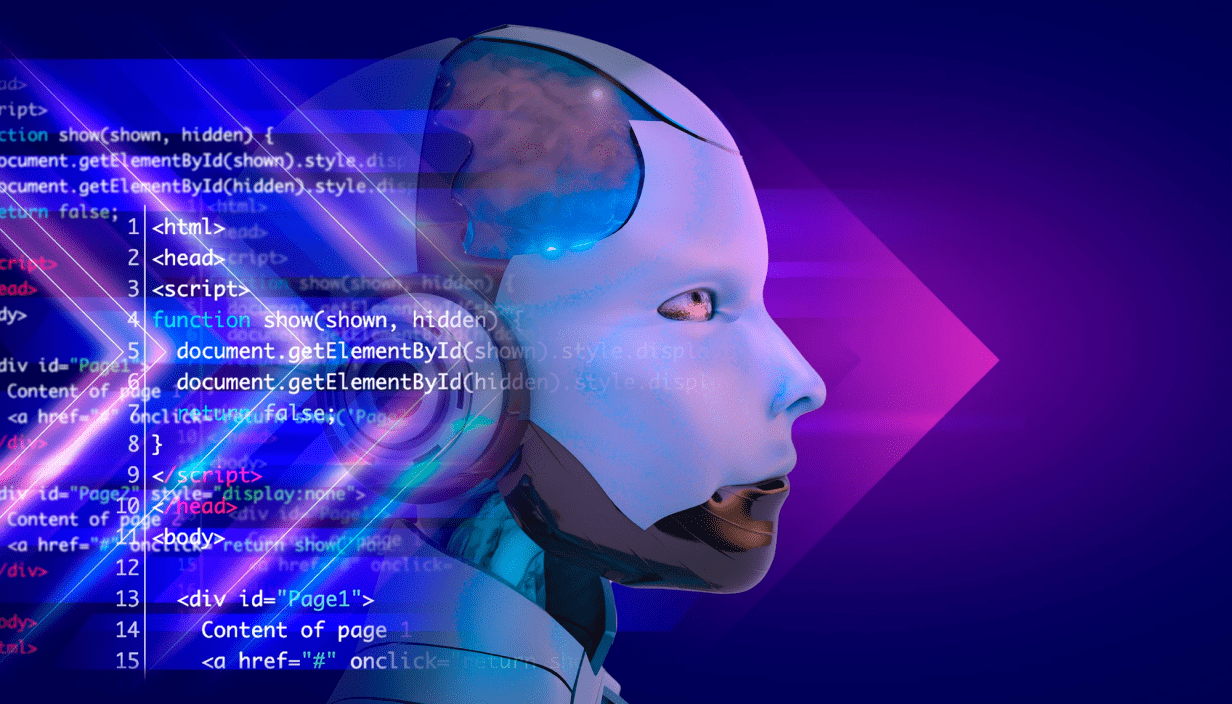OpenAI unveiled its latest advancement in artificial intelligence on Monday, introducing the GPT-4o model. This new iteration builds upon the foundation laid by its predecessor, GPT-4, which debuted just over a year ago. Now, OpenAI is making its cutting-edge technology accessible to all users of ChatGPT, not just paid subscribers. According to OpenAI's presentation on Monday, GPT-4o promises to transform ChatGPT into a virtual personal assistant capable of engaging in real-time spoken conversations. Moreover, it boasts enhanced capabilities in text and "vision," enabling it to analyze and discuss screenshots, photos, documents, and charts uploaded by users.
Mira Murati, Chief Technology Officer at OpenAI, highlighted key features of the updated ChatGPT, including its memory function, which allows it to learn from past interactions with users, and real-time translation capabilities.
This marks a significant leap forward in terms of user-friendliness
Murati remarked during the live demonstration from San Francisco. "Interacting with ChatGPT feels more natural and intuitive than ever before.
This release underscores OpenAI's commitment to maintaining a competitive edge in the AI landscape. With rivals like Google and Meta actively developing powerful language models, OpenAI is pushing the boundaries to stay ahead. The timing of OpenAI's announcement is strategic, preceding Google's annual I/O developer conference, where updates to its Gemini AI model are anticipated. Similar to GPT-4o, Google's Gemini model supports multimodal functionality, interpreting and generating text, images, and audio.
Furthermore, OpenAI's unveiling precedes anticipated AI revelations from Apple at its Worldwide Developers Conference next month, potentially involving innovative AI integration in upcoming iPhone or iOS releases. Microsoft stands to benefit significantly from this latest GPT release, given its substantial investment in OpenAI to integrate AI technology into Microsoft's suite of products.

During OpenAI's demonstration, executives showcased ChatGPT's ability to engage in spoken conversations, providing real-time guidance for tasks such as solving math problems, narrating bedtime stories, and offering coding advice. Notably, ChatGPT exhibited a natural human-like voice and even sang a portion of a response, in addition to showcasing a robotic voice option. The tool demonstrated its capability to analyze and discuss images, such as charts.
Furthermore, the model showcased its capacity to detect users' emotions, offering support and encouragement as needed. In one instance, it playfully reassured an executive who seemed stressed, humorously noting, "You're not a vacuum cleaner!"
ChatGPT also displayed its multilingual prowess, seamlessly translating and responding in over 50 languages. OpenAI CEO Sam Altman expressed excitement over the new voice and video mode, likening it to AI depicted in movies and emphasizing its remarkable realism.
OpenAI plans to introduce a ChatGPT desktop app featuring the capabilities of GPT-4o, expanding users' interaction options. Additionally, developers can access GPT-4o through OpenAI's GPT store to create custom chatbots, a feature now accessible to non-paying users.
These updates, set to roll out in the coming months, aim to enhance the ChatGPT experience. Free users will have a limited interaction quota with GPT-4o, while paid users will enjoy extended access. With over 100 million users already, OpenAI aims to attract more users with improved desktop interaction and voice capabilities, especially amid the growing integration of AI into popular consumer products by competitors like Google and Meta.



